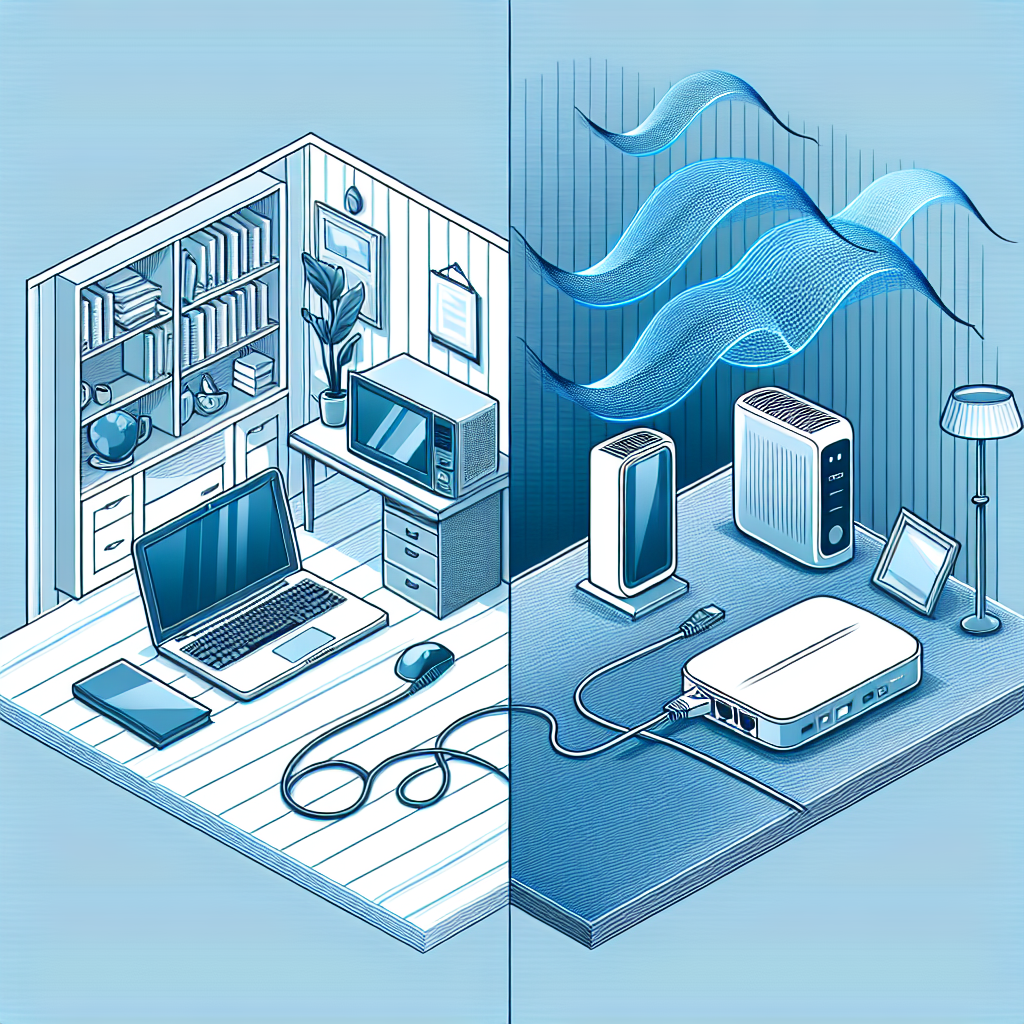Setting up an internet connection is a crucial skill in today’s digital world. Whether you’re moving to a new place, switching providers, or simply upgrading your current setup, understanding the steps involved can save you time and frustration. This guide will walk you through each step required to set up an internet connection successfully.
1. Determine Your Internet Needs
Before diving into the setup process, it’s essential to assess your internet requirements. The type of connection you need depends on your usage patterns, the number of devices you’ll be connecting, and your budget. Consider the following factors:
- Speed Requirements: How much bandwidth do you need for activities like streaming, gaming, and remote work?
- Data Cap: Will a data cap on your plan affect your usage?
- Number of Devices: How many devices will be connected simultaneously?
- Type of Connection: Do you prefer wired (Ethernet) or wireless (Wi-Fi) connections?
Comparison of Internet Speeds
Here’s a table to help you understand the different speeds available and what activities they support:
| Speed (Mbps) | Common Uses |
|---|---|
| 1-5 Mbps | Basic browsing, email |
| 5-25 Mbps | HD streaming, online gaming, video calls |
| 25-100 Mbps | Multiple devices, 4K streaming, large downloads |
| 100-500 Mbps | Smart home devices, heavy internet use |
| 500 Mbps+ | Business use, large families, extensive gaming |
2. Choose an Internet Service Provider (ISP)
The next step is selecting an ISP that meets your criteria. Research the providers in your area, compare their plans, pricing, and customer reviews. Consider the following when making your decision:
- Availability: Not all ISPs are available in every region. Check the availability in your area.
- Speed and Reliability: Look for ISPs that offer the required speed and have a reputation for reliability.
- Cost: Compare the costs of different packages to find one that fits your budget.
- Customer Support: Opt for an ISP with excellent customer service for troubleshooting and assistance.
3. Gather Necessary Equipment
Before setting up your connection, ensure you have all the necessary equipment:
- Modem: Converts the incoming signal from the ISP into a usable internet connection.
- Router: Distributes the internet connection to various devices either wirelessly or through Ethernet cables.
- Ethernet Cables: Used for wired connections to ensure stable and faster connectivity.
- Power Supply: Ensure you have power adapters for the modem and router.
Modem vs. Router
People often confuse modems and routers, but they serve distinct functions:
- Modem: Connects to your ISP and provides internet access.
- Router: Connects to the modem and distributes the internet to multiple devices.
4. Connect the Equipment
Once you’ve gathered all the necessary equipment, follow these steps to set them up:
Step-by-Step Setup:
- Position the Modem and Router: Place them in a central location to ensure even coverage.
- Connect the Modem: Plug the modem into your internet outlet (e.g., DSL line, cable line) using the provided cables. Connect the power adapter and turn it on.
- Connect the Router: Use an Ethernet cable to connect the modem to the router. Plug in the router’s power adapter and switch it on.
- Connect to the Internet: Follow the instructions provided by your ISP to complete the setup. This may involve accessing a web interface to configure your modem and router.
5. Configure Network Settings
After connecting your equipment, you’ll need to configure the network settings to ensure a secure and efficient connection:
- Network Name (SSID): Customize the name of your Wi-Fi network.
- Password: Set a strong password to protect your network from unauthorized access.
- Encryption: Enable WPA3 or WPA2 encryption for enhanced security.
- Channel Selection: Choose a channel that’s less crowded to minimize interference.
6. Test Your Connection
Once the setup is complete, it’s time to test your internet connection to ensure everything is working correctly:
- Check Connectivity: Use multiple devices to connect to the Wi-Fi network and browse the internet.
- Speed Test: Run an online speed test to verify that you’re getting the speeds promised by your ISP.
- Troubleshoot Issues: If you encounter any issues, refer to your ISP’s troubleshooting guide or contact their customer support.
7. Optimize Your Setup
To get the most out of your internet connection, consider these optimization tips:
- Keep Firmware Updated: Regularly update the firmware of your modem and router for the latest features and security patches.
- Secure Your Network: Use strong passwords and encryption to protect your network from unauthorized access.
- Manage Connected Devices: Limit the number of connected devices during high-demand activities to ensure optimal performance.
- Relocate Equipment: If you experience weak signals, reposition your modem and router for better coverage.
Conclusion
Setting up an internet connection might seem daunting at first, but by following these steps, you can ensure a smooth and hassle-free process. Understanding your needs, choosing the right ISP, and properly configuring your equipment are crucial to enjoying a seamless online experience. Always remember, a well-optimized network is the cornerstone of reliable and fast internet access.




